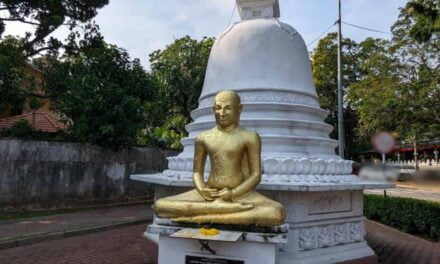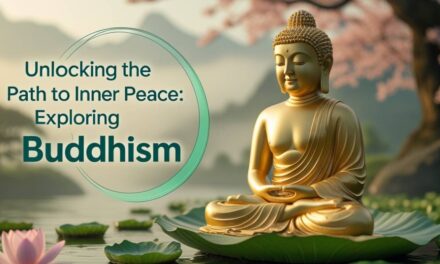Ever feel like your mind is a million miles an hour? Juggling work, relationships, and that never-ending to-do list can leave us feeling stressed and scattered. If you’re looking for a way to find some inner peace and quiet the mental chatter, then look no further than Anapanasati, an ancient Buddhist meditation practice.
What is Anapanasati?
Anapanasati translates to “mindfulness of breathing” – pretty straightforward, right? It’s all about focusing your attention on your breath, the natural process that keeps us alive. Sounds simple, but the benefits are profound.
The History of Anapanasati
This practice goes way back. The Buddha himself taught Anapanasati as a core technique for achieving mindfulness and inner peace. It’s mentioned throughout the Pali Canon, the earliest collection of his teachings. Think of it as the foundation upon which many other Buddhist meditation techniques are built.
How Does Anapanasati Work?
Okay, so how does focusing on your breath actually translate to inner peace? Here’s the deal. Our minds are naturally drawn to distractions – that ping on your phone, the next item on your mental list. Anapanasati trains your mind to gently return its attention to the breath when it wanders. This practice strengthens your ability to focus and become more aware of your present moment experience.
Getting Started with Anapanasati
Ready to give it a try? Here’s a simple guide to get you started with Anapanasati meditation:
- Find a quiet spot. Somewhere free from distractions is ideal. Sit comfortably on a chair or cushion, with your back straight but not rigid.
- Close your eyes (optional). Some people find closing their eyes helps with focus, while others prefer to keep them slightly open. Experiment and see what works best for you.
- Bring your attention to your breath. Notice the sensation of your breath entering and leaving your nostrils. Feel your chest or abdomen rise and fall with each inhalation and exhalation.
- Your mind will wander. That’s perfectly normal! Don’t judge yourself. When you realize your attention has drifted, gently bring it back to your breath without getting frustrated.
- Start with short sessions. Aim for 5-10 minutes at first, gradually increasing the duration as you become more comfortable.
The 16 Steps: A Journey Through Breath and Mind
Now, don’t get overwhelmed by the number 16. Think of it as a gradual progression, like climbing a ladder. Here’s a quick breakdown:
1-4: Focus on the breath 5-8: Observe your feelings 9-12: Pay attention to your mind 13-16: Develop wisdom and insight
Each set of steps helps you dive deeper into your experience, moving from the physical sensations of breathing to the subtle workings of your mind.
Common Challenges: Don’t Worry, It’s Normal!
If you find your mind wandering, congratulations! You’re doing it right. Seriously. Noticing that your mind has wandered is a crucial part of the practice. It’s not about having a perfectly calm mind; it’s about noticing what your mind is doing.
Other common challenges include:
- Feeling restless or bored
- Falling asleep (especially if you’re tired)
- Doubting whether you’re “doing it right”
Remember, these are all normal experiences. The key is to approach them with curiosity rather than judgment.
The Benefits of Anapanasati
The beauty of Anapanasati is its simplicity and effectiveness. Here are just a few benefits you might experience:
- Reduced stress and anxiety: Focusing on your breath helps to activate the body’s relaxation response.
- Improved focus and concentration: By training your mind to stay present with the breath, you can enhance your ability to focus on tasks in daily life.
- Greater self-awareness: Anapanasati helps you become more aware of your thoughts and emotions without judgment.
- Increased sense of peace and well-being: As you cultivate mindfulness, you can experience a deeper sense of calm and inner peace.
Anapanasati in Daily Life
While setting aside dedicated time for practice is great, the real magic happens when you start bringing this awareness into your daily life. Waiting in line at the grocery store? Take a few mindful breaths. Stuck in traffic? Perfect opportunity for some Anapanasati!
By integrating this practice into your day, you’ll start to notice a shift in how you respond to stress and challenges. It’s like having a secret superpower that you can tap into anytime, anywhere.
Remember, Anapanasati is a practice, not a destination. The key is to be patient and consistent. With regular practice, you’ll find yourself becoming more present, focused, and at peace in your everyday life. So why not give it a try? Your breath is always there, waiting to be your guide to inner peace.





